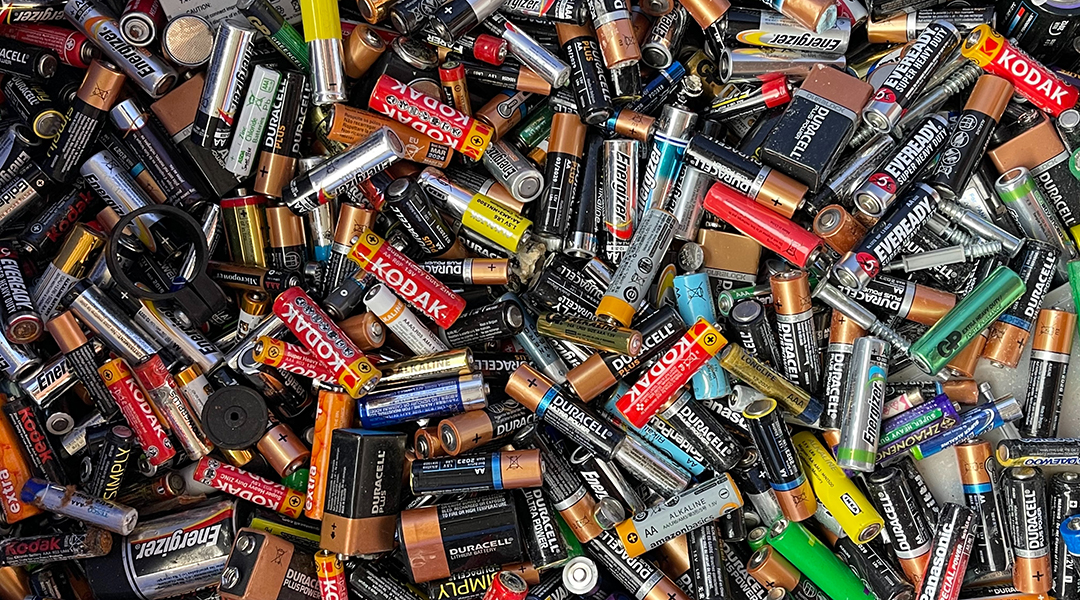The quest to reduce the emission of greenhouse gases from the burning of fossil fuels has sparked the drive for safe and effective rechargeable battery technology. Among the most promising of these rechargeable or secondary battery technologies are lithium batteries.
Lithium metal is often hailed as the “ultimate material” for the creation of anodes, the negative electrical terminals found in the next-generation high-energy secondary batteries. Yet this material comes with associated problems that limit its long-term use and even compromises the safety of the batteries that utilize it.
New research published in the journal Advanced Materials authored by Ryota Tamate and Kei Nishikawa from the Centre for Advanced Battery Collaboration at the National Institute for Material Science, Japan, suggests a new gel electrolyte that, when coated on a lithium metal anode to form an artificial protective layer, could boost the charging and discharging stability of lithium-metal cells. This process is known as “cycling”, and improving it could make these batteries safer and more efficient.
Preventing anode degradation
Every type of rechargeable battery has a cycle life, which is the number of times it can be charged and discharged. During the discharge phase, negatively charged electrons move through a circuit from the anode to the cathode, changing chemical energy to electrical energy, while positive ions move through an electrolyte separating the two electrical terminals.
During the charging phase, the electrons move from the cathode back to the anode, converting electrical energy back to chemical energy. But this isn’t a complete reset of the battery, and it takes a toll on the anode.
“The high reactivity of lithium metal is known to cause lithium dendrite growth and dead lithium formation during charging and discharging processes, raising concerns about safety and battery life,” said Nishikawa. “For this reason, up to now, lithium secondary batteries using lithium metal anodes are not widely used.”
Nishikawa explained that the results of the current study, in which an extremely tough gel electrolyte is applied as an artificial protective layer, have the potential to be an important technological breakthrough for the use of lithium metal anodes in next-generation lithium rechargeable batteries.
Tamate described the material created by the team as a polymer gel electrolyte formed from an organic solvent in which a high concentration of lithium salt is dissolved, which is added to a hydrogen-bonded polymer.
“This gel electrolyte features very high mechanical strength as well as stretchability with one of the highest mechanical toughness among polymer gel electrolytes reported so far,” Tamate added.
Preserving battery life
The team demonstrated the optimization of the chemical structure and composition of hydrogen-bonded polymers and the importance of the organic electrolyte composition that swells the polymer network.
“We clarified that controlling the competitive interaction and bonding between the polymer chains and electrolytes — solvent molecules, Lithium cations, and anions — has significant importance for the fabrication of mechanically tough gel electrolytes,” Tamate said. “If the hydrogen bonds between polymers are too weak, the gel electrolyte has good stretchability but has very low mechanical strength. On the other hand, if the hydrogen bonds between polymers are too strong, polymer aggregation occurs, resulting in an opaque and brittle and, thus, low-stretchable gel.
“The fact that not only the polymer structure but also the structure and composition of the electrolyte substantially affect the mechanical strength of gel electrolytes, which might seem obvious when you think about it, but as far as I know, there have been few studies that have explicitly shown this point, which was a surprise to me personally,” he continued. “I think this is because many studies on polymer gels have concentrated on hydrogels that swell with water as a solvent. Thus the competitive interaction between solvent and polymer has not been spotlighted well.”
Testing the material, the team found that protecting a lithium anode with this tough and stretchable gel greatly improved the cycling performance of the lithium metal anode when compared with a low-toughness gel electrolyte.
“This research is still in the fundamental stage, and there are many hurdles and challenges for practical battery application,” Tamate added. “Optimization of the protective layer thickness and applicability to other electrolyte systems also need to be considered.”
Because a wide range of polymer materials with different mechanical properties have been suggested as protective coatings for lithium anodes, the team emphasizes the need to study the protection mechanism in more detail, taking into account the mechanical factors that dominate the cycling performance of lithium metal anodes.
“We hope to advance these studies and obtain guidelines for optimal interface design regarding the protective coating layer on the lithium metal anode in order to realize the social implementation of this study,” Nishikawa concluded.
Reference: Ryota Tamate, Kei Nishikawa, et al., Extremely Tough, Stretchable Gel Electrolytes with Strong Interpolymer Hydrogen Bonding Prepared Using Concentrated Electrolytes to Stabilize Lithium-Metal Anodes, Advanced Materials (2023). DOI: 10.1002/adma.202211679
Feature image credit: John Cameron on Unsplash

















